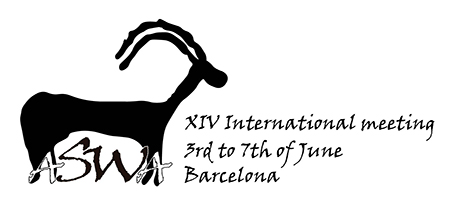Processes of localised early pig management in Central Anatolia remain poorly understood compared to other domesticates (e.g. sheep and goats). Here we examine the zooarchaeological assemblages from Boncuklu Hoyuk through its deep (or long?) chronology, and places it in the broader regional context of Central Anatolia.
The Neolithic site of Boncuklu Hoyuk (c. 8400-7500 cal. BC) in the Konya Plain provides evidence for the emergence of sedentary communities in Central Anatolia. The inhabitants of the site appear to have been indigenous hunter-gatherer-foragers, but it remains unclear whether they initiated herding or management of pigs, or received domesticated (?) imports from colonizing farming communities.
Studies of dental morphology have previously proven a useful tool for identifying domestication status of ancient suids. Building on previous archaeological research at the site, we use geometric morphometrics to track changes in pig tooth size and shape through time to identify whether changes in morphology corresponds with human activity. Here we present the results from these analyses.

 PDF version
PDF version
